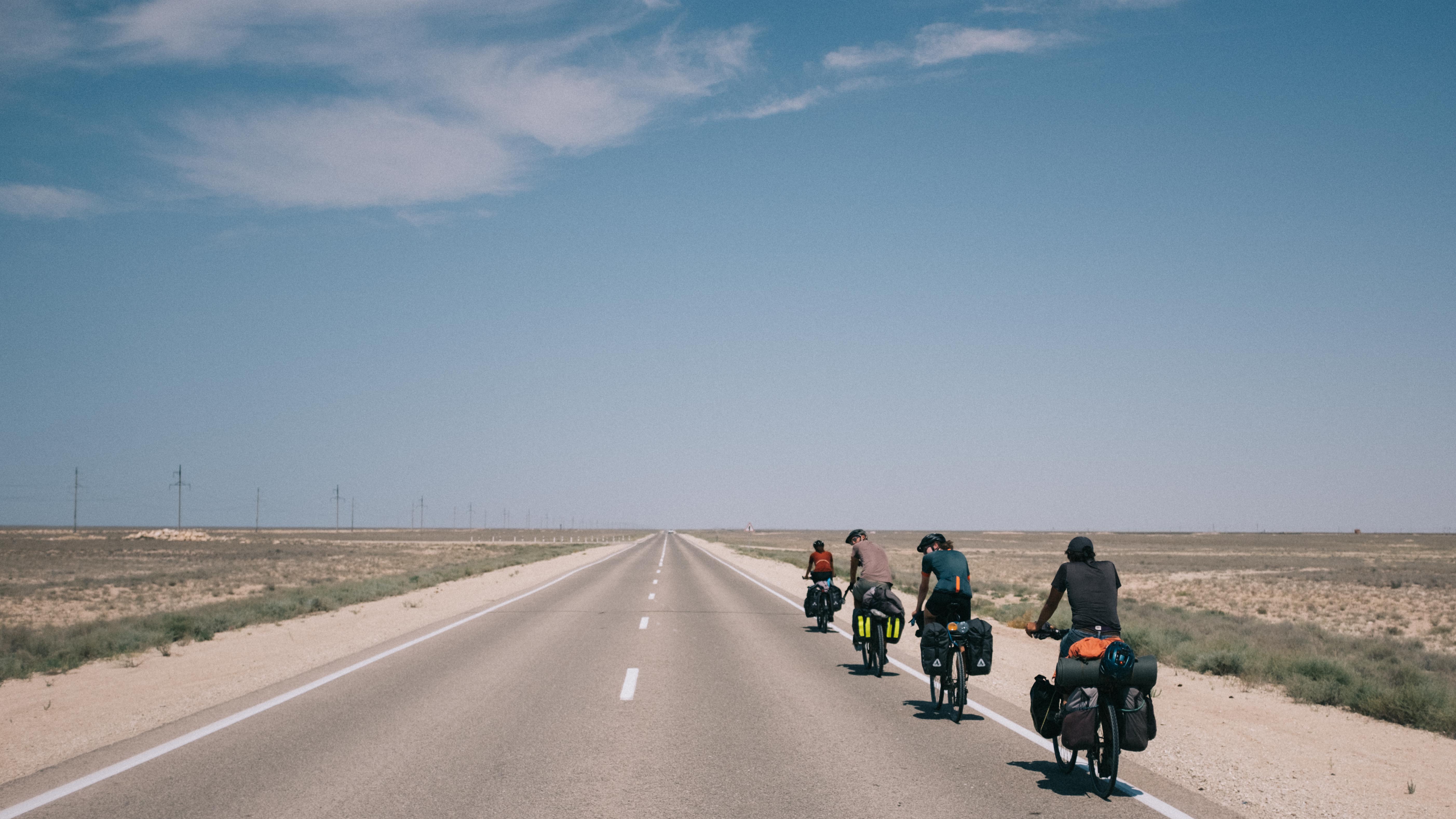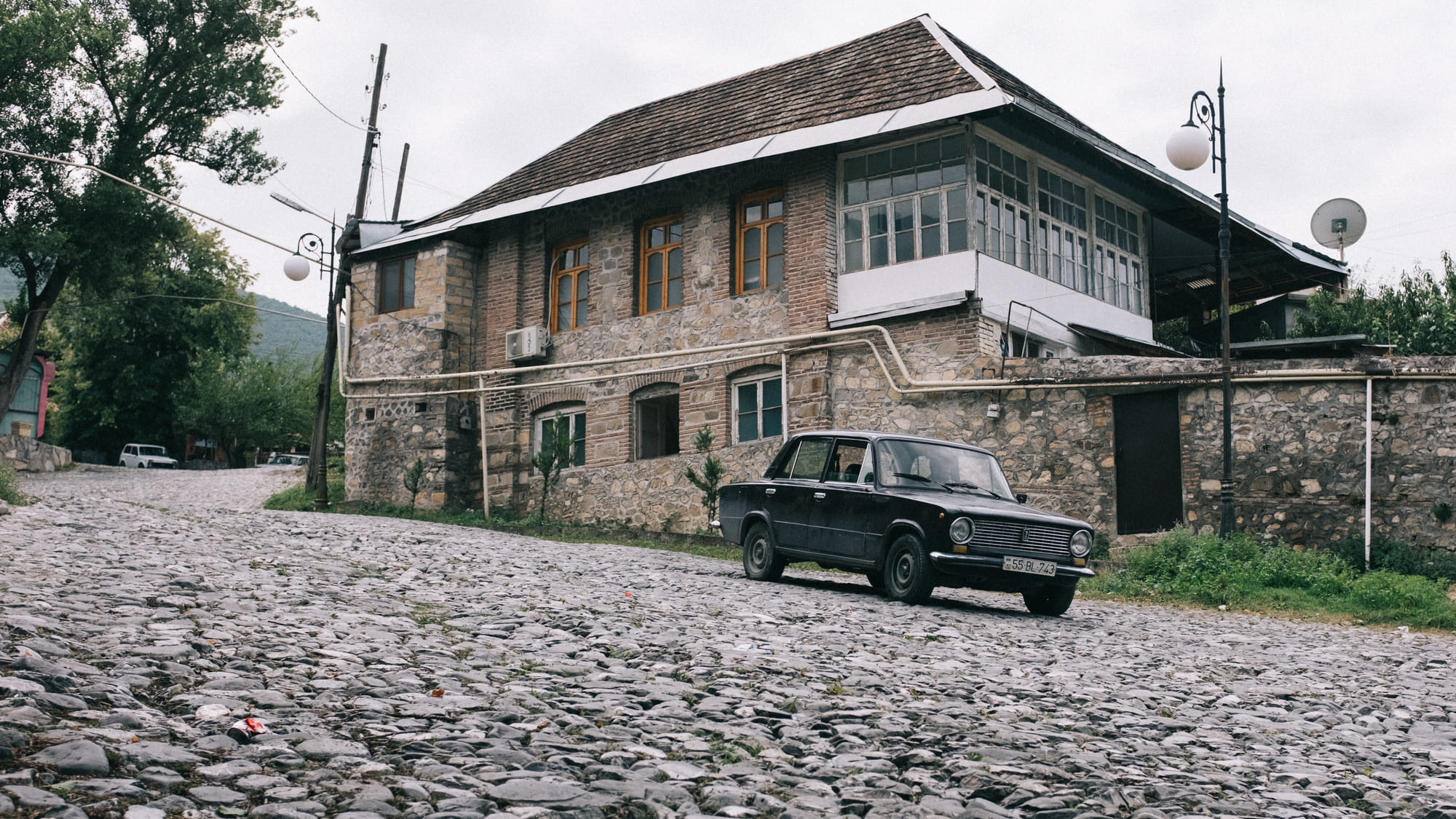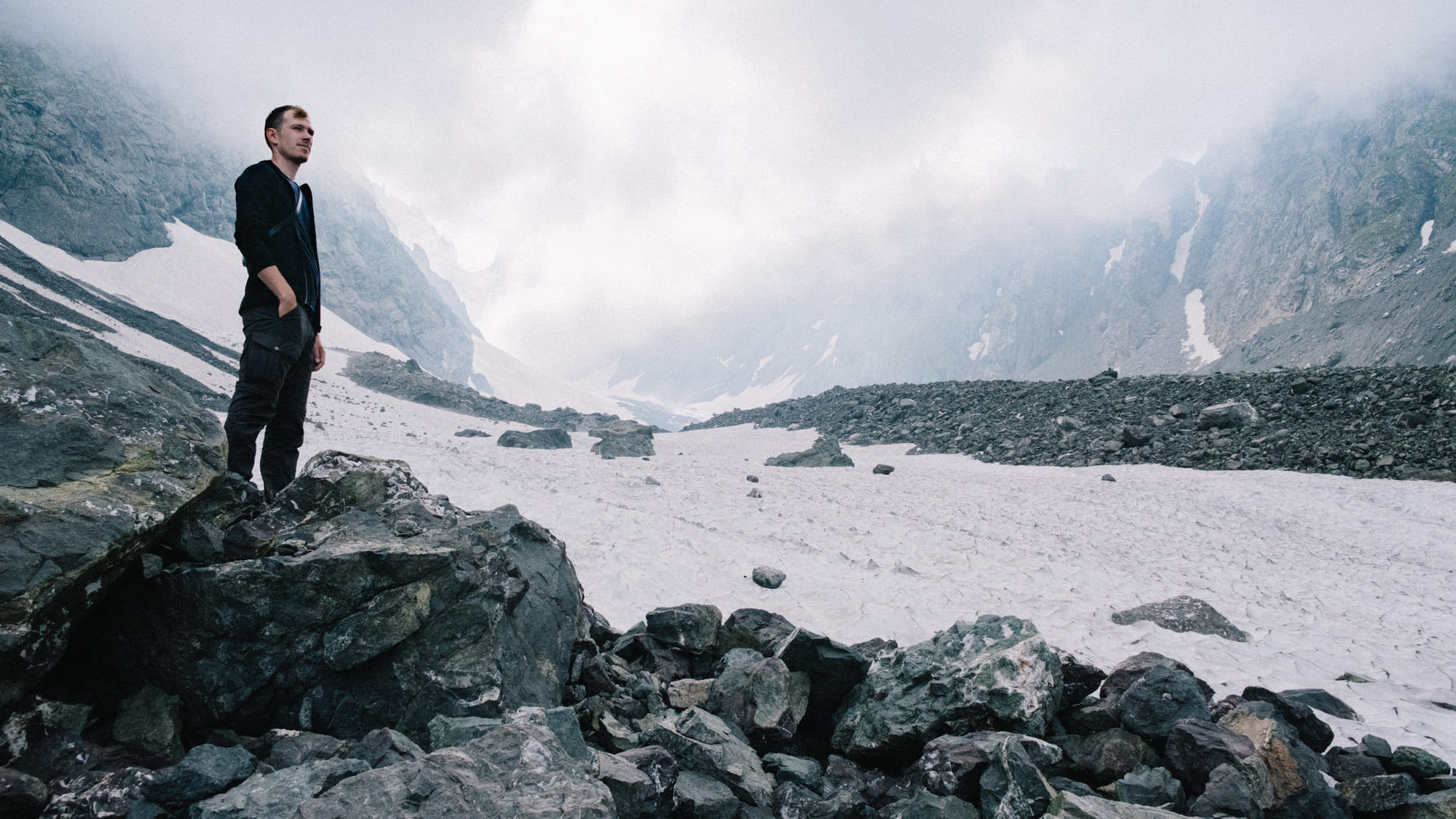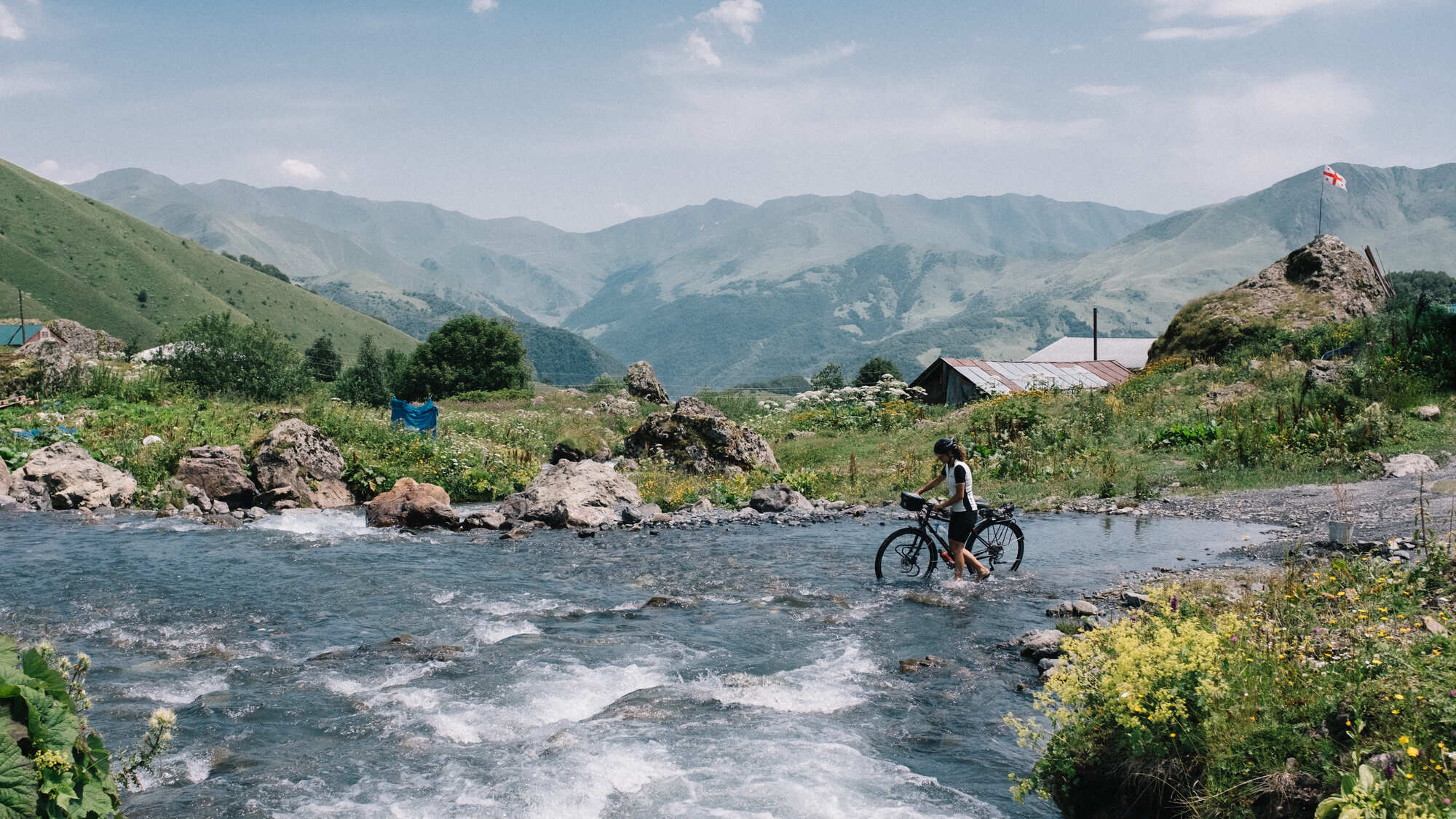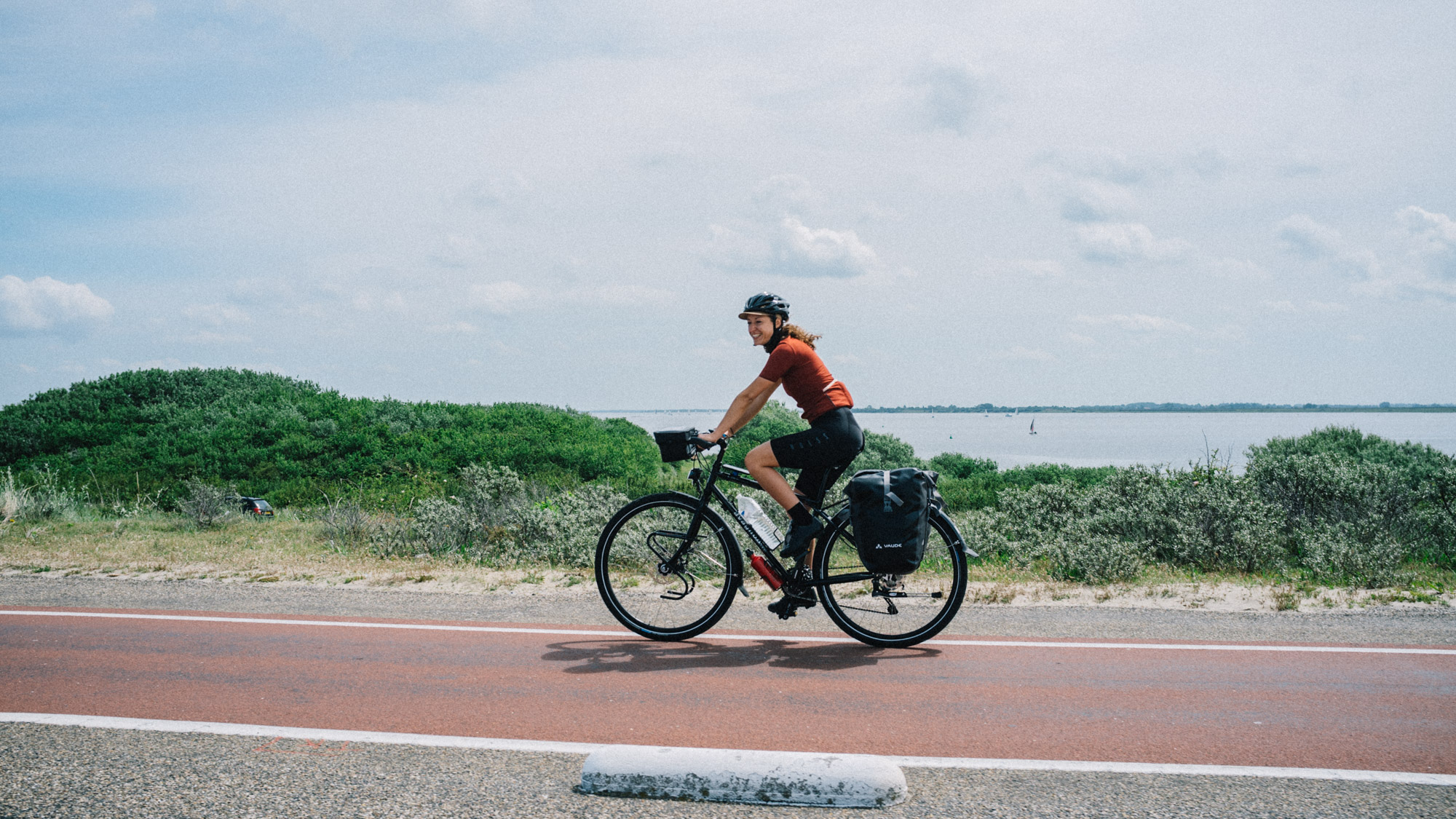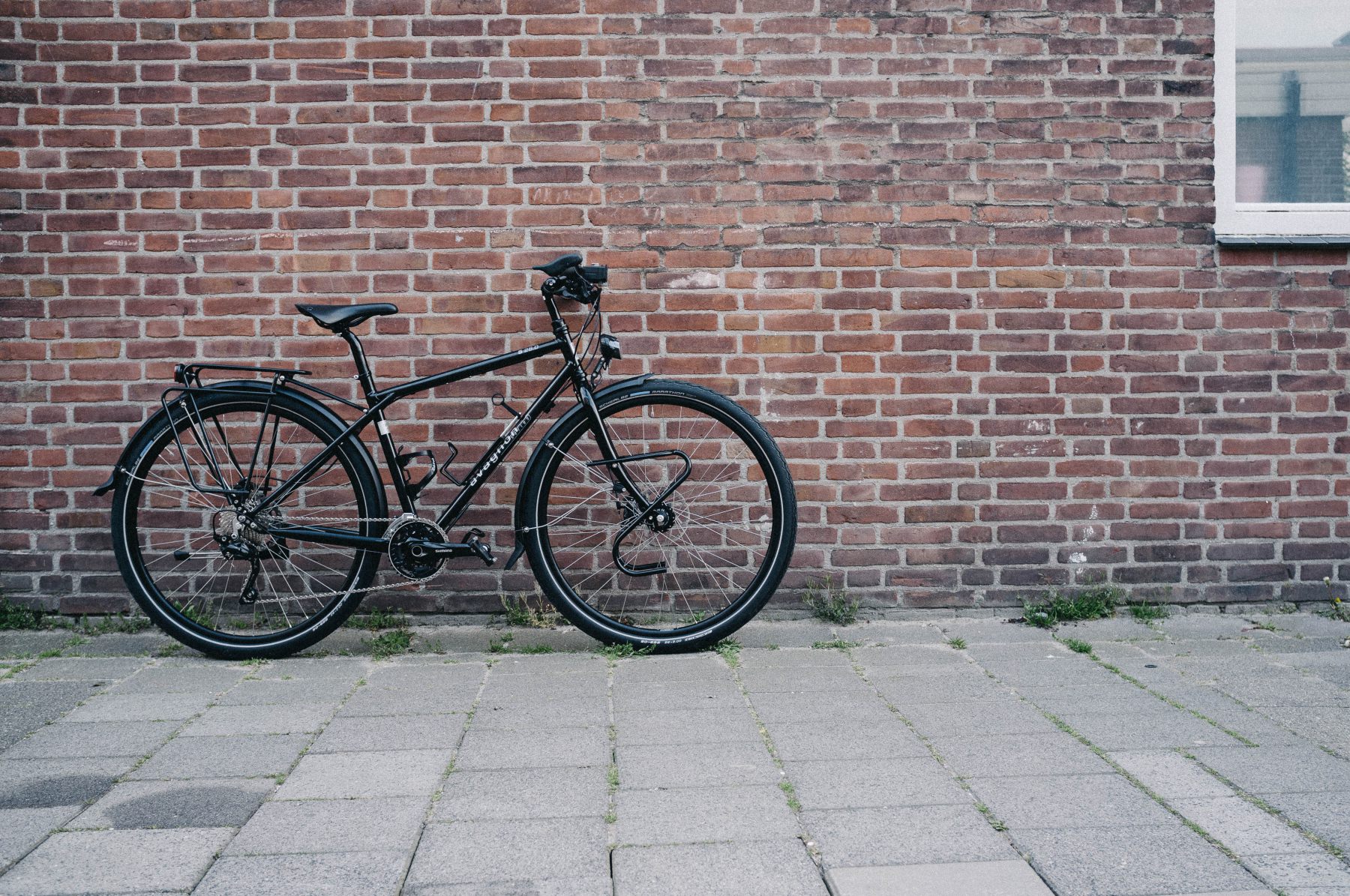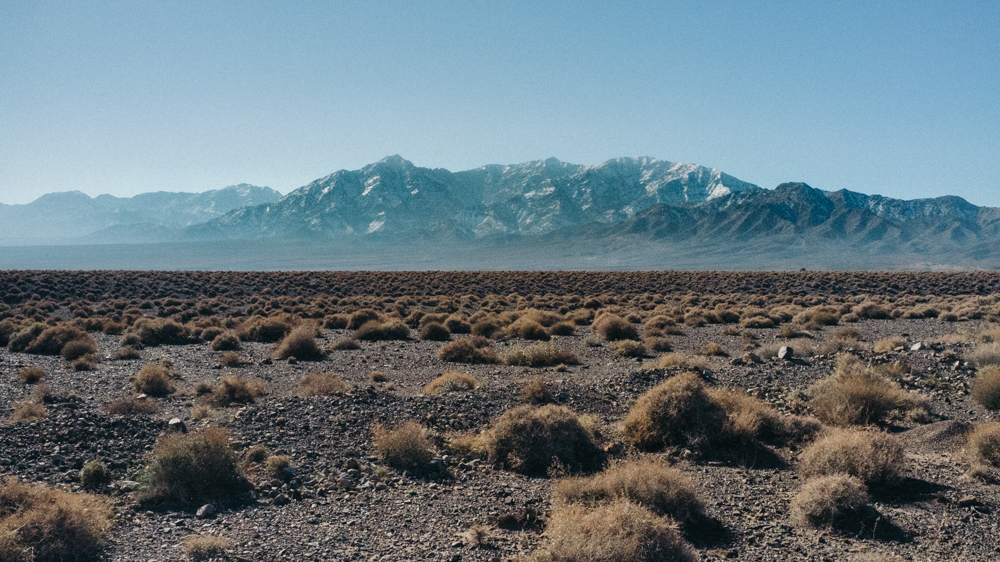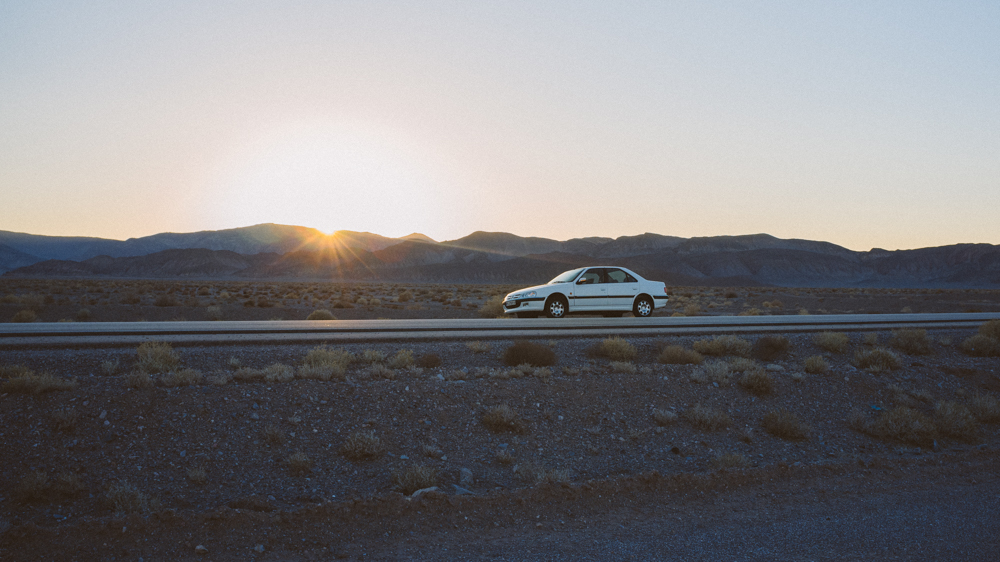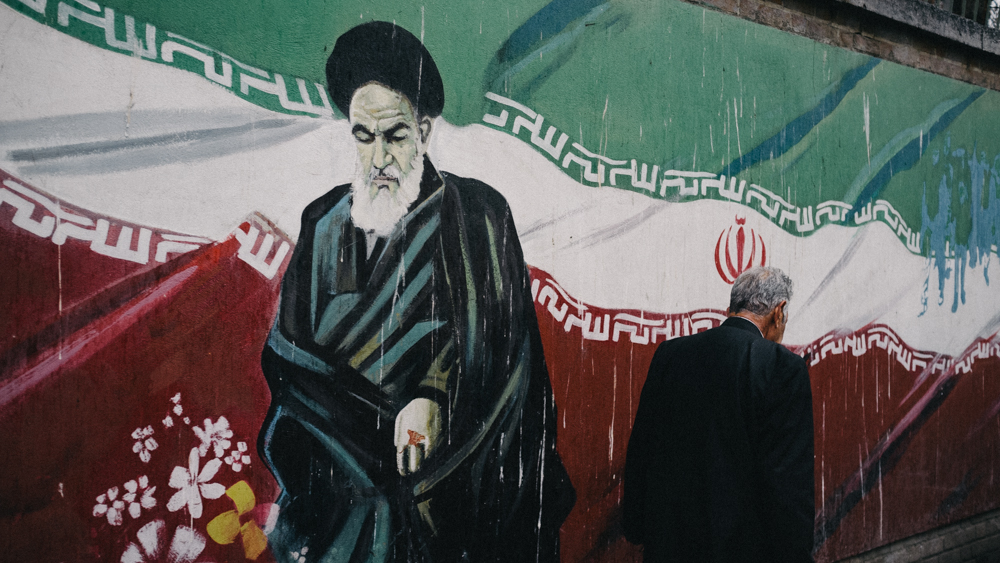Robin & Sabina
-
Crossing the Caspian to Kazakhstan
Our journey east continues. This time not on two wheels, but across sea and over train tracks. From Baku, Azerbaijan we set sail towards Kuryk, Kazakhstan. A place we would never have expected to find ourselves.
Written by
-
-
Georgia part II
The higher we go in to the mountains, the more beautiful nature seems to get. Georgia’s majestic nature might have tried to break us, but it left us stronger than ever. It’s hard work and we love it.
Written by
-
Georgia part I
It’s been only a week, but we are both exhausted. We are regaining some much needed energy in the Georgian mountains near the Chechen and Dagestan border. Clouds fall like waterfalls over the surroundings peaks, and we ourselves find our head in the clouds too at times. Let us tell you how we got here.
Written by
-
Touring bicycles to ride far
We finally bought the bikes! We’ve done hours of research, and had countless moments of discussing what bike will be best for our upcoming adventure. And we ended up with something completely different than we expected.
Written by
-
Iran part IV – Bam & Bandar, driving south
We drive further down south, towards the warmth of the Persian gulf. For the third time we pass Kerman, this time on our way to mister Akhbar in Bam. But after only ten minutes on the road we are stopped by the police. The officer didn’t speak English and our Farsi isn’t so good either.…
Written by
-
Iran part III – Kaluts in cold Kerman
We drive deeper into Iran and cross more deserts and Martian like landscapes. A typical travelers breakfast in hostels and guesthouses in Iran consist of flat white bread (in many different forms!), cucmber and tomatoe, white cheese and some carrot jam. When you’re lucky, sometimes a boiled egg. Not quite a solid base for a +7…
Written by
-
Iran part II – To Esfahan in a Peugeot Pars
After sightseeing in Tehran we hit the road. First on our route is Esfahan. We decided to rent our own car, to drive all the way to the South of Iran. We’ve read that the roads are fine, plus it spares us a lot of time in the short two weeks that we have. No…
Written by
-
Iran part I – Amsterdam to Tehran
In December 2018 we traveled to Iran. This is how we got there. It is almost hard to believe that we actually have just woken up in Amsterdam. Due to bad weather and extreme thick fog, half of the flights to Schiphol were cancelled. And that’s exactly where we are flying from today, to Teheran…
Written by
